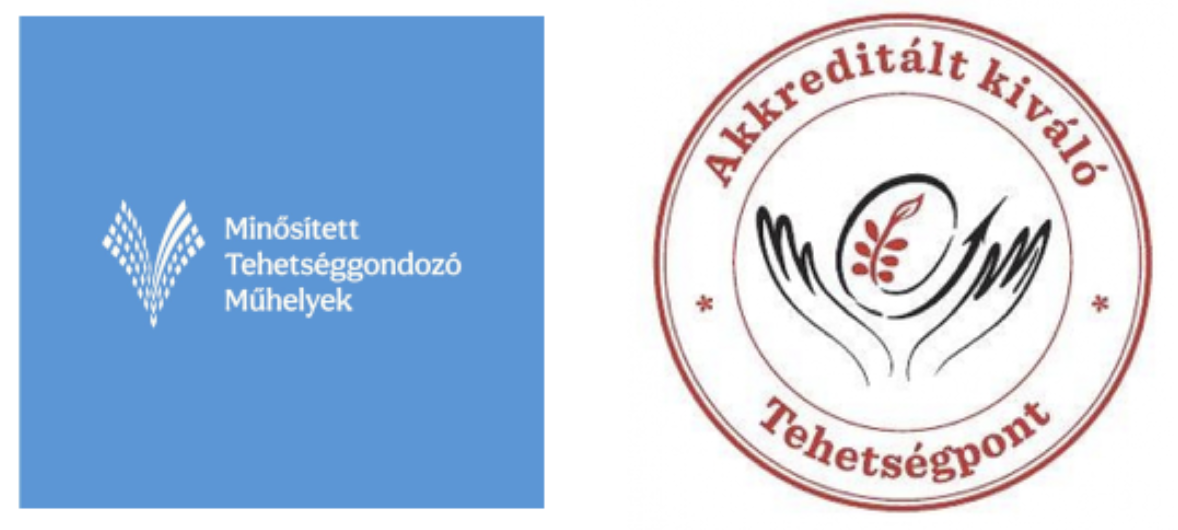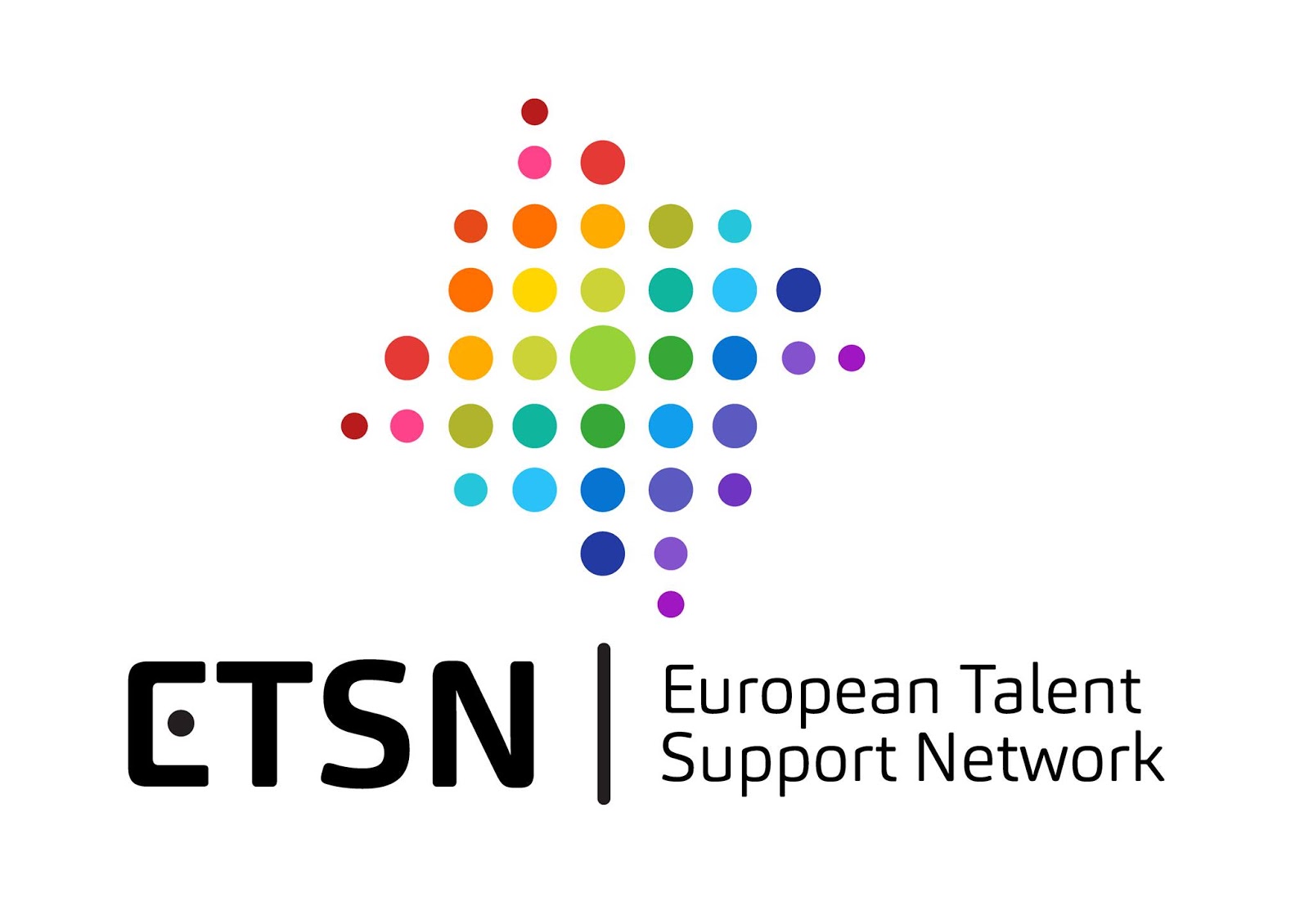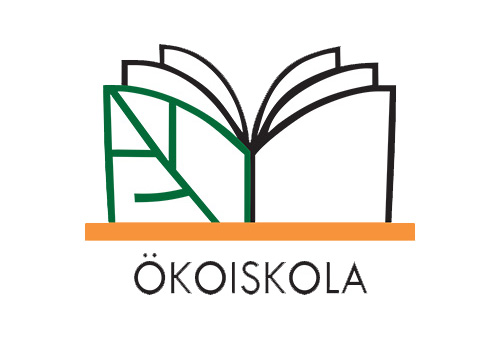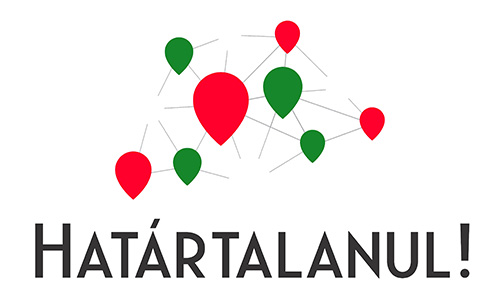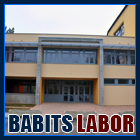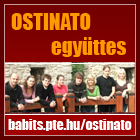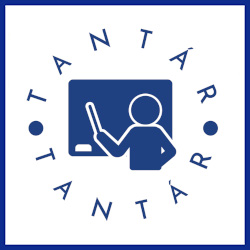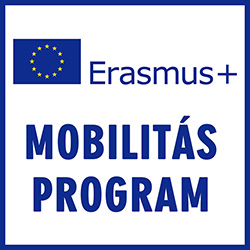The Environment of Europe
My Heritage: Our Future
The title of the project is The Environment of Europe/ My Heritage: Our Future. Bilateral Meeting for Hungary and Germany involving 30 participents from 1st to 17th August 2008.
Venue: 36448 Steinbach, Germany. Recipient organisation is the Jugend-Erlebnis-und Sport-Padagogikverein e. Klosterstr. 21, 2037318 Uder. On behalf of the Hungarians the Young Europe Youth Association takes part in the project the members of which are the students of PTE Babits Mihály Gyakorló Gimnázium (PTE Babits Mihály Secondary Teachers’ Training School).
Introducing the participating institutes:
The Young Europe Youth Association (Address: 15, dr. Veress Endre Str., Pécs 7633) is ready to achieve the goals including learning about the European cultures and raising intercultural awareness and exchange of ideas. The members participate in programmmes on the days of different cultures, in concerts and exhibitions by artists of other nationalities and minorities.
The Association keeps up an extensive correspondence inside and outside of Hungary, and even enters international correspondence projects. It checks the Internet agendas and takes part in them (Agenda now 21, „e-learning” – organized by Ladeszentrale für Politische Bildung from Baden Württenberg) and competitions (Webpage design organized by Ladescentrale für Politische Bildung from Baden Württenberg). It does not ignore the proposals for developing tolerant attitudes and strengthening responsibility.
The Association keeps contact with other youth societies, and by the help of the Integration Centre of Pécs it cooperates with several minority organizations (Faág – Pécs, Faodú – Sásd, Siklós és Vidéke Cigányokért Érdekvédelmi Szervezet,”Belső Tűz – Komló”).
The Association has close contacts with Jugend-Erlebnis-Sport-Pedagogik Youth Society based in Uder (Germany), Fördergesellschaft für berufliche Bildung – Plauen (Germany), and URFOL Saon et Loir in France. Our school has been cooperating with the UNESCO schools in Brno, Vienna and Nyitra since 2000. Thus, the members have acquired plenty of experience in projects. Through the current environmental and protection of the environment project the Association wishes to contribute to the efforts to avoid the global environmental catastrophe and intends to raise environmental awareness.
Jugend-Erlebnis-und Sport-padagogikverein e.V. Klosterstr. 20, 2037318 Uder
The association promotes active leisure activities for young people using using experience-based pedagogical methods with a special focus on sports. It organises trips, projects and international gatherings for schools and clubs. This has turned into an organization providing services for the public without losing its social and pedagogical principles.
Trips organised by the association also serve prevention following the principle of “learning through experience”. Stepping out of the daily routine, getting to know new fields of activities, experiencing new stimuli result in a positive feedback and have a beneficial influence on the youngsters’ social behaviour, self-esteem, responsibility, self-and team-motivation and help them handle their trust in and fear of nature.
We established a connection with the JESP Association in 2002 after they had got in touch with us via the Internet. Since then we have done three projects together.
Planning: We decided on the topic after discussions through e-mails
The topic of the project: Environmental issues in Europe: nature, pollution, environmental awareness, environmental protection (renewable energy, protected areas, World Heritage sites)
The aims of the project:
1, Realising the European principle at the meeting through the merging of the two groups
2, Participants discuss the tendencies of civil participation and environmental protection within the European Union.
3, Getting to know each other’s national characteristics and customs.
4, Renewable energy, its uses and efficiency within the two countries.
Preparatory period
The participants had searched for the characteristics of the partner country and those of the guest countries including their geographical, social and regional features with the help of the Internet. They had compiled a mini-dictionary/guide for one another which they had sent around in e-mails to allow some time to practise the words and phrases. As the Hungarian participants speak good German, we asked our partners to collect words and phrases used by young people for us.. We can make use of it very well in the future too. Their further task was to clarify the concept of renewable energy, its ways of production and fields of use, to get to know its home production and use concerning efficiency – to accomplish these tasks the participants could make use of the Internet, the library and the Project Leader’s help. They studied the different fields in small goups, collected articles, studies and Internet news.
The participants had taken out insurance for both health and baggage before the trip. The Host Institution provided an accompanying adult person per 5 participants and extra supervisors helped with the sports activities (Kletterschule Thüringen).
On the day of the arrival we set up rules concerning behaviour (house rules, cigarette, alcohol, drugs), staying out time and town walks. We checked their observation.
Realization of the project:
Revealing the problem:
1. The group formed a circle with the members standing very close to each other. Everybody reached out and took hold of somebody else’s hand. They tried to undo the ’knot’, i.e. form a circle, without letting go of the hands. When they managed to do so, we compared the process of revealing and solving the problem to a complicated and tiring procedure in which the joined hands symbolize the unconditioned and necessary cooperation.
2. In small groups the students discussed the acute problems of the Earth starting out from their everyday life, from the information they get from the media and from their knowledge gained at school approaching the global notion of environmental problems. The small groups shared their results and then prepared a poster about them.
l. enclosure:
GLOBAL ENVIROMENTAL PROBLEMS:
1. Overpopulation, famine, growing cities – urbanization – slums
2. Energy crisis, depletion of raw materials
3. Greenhouse effect, global warming
The increase of greenhouse gases results in the intensification of greenhouse effect. These gases are the following:
-carbon dioxide (its source is burning of fossil fuels)
-methane (its source: mining, industries)
-nitrous oxide (its source: industries)
-carbon monoxide (its source: industries)
-nitrogen dioxide (its source: industries)
-Freon (its source: refrigerators and sprays)
4. Acid rain
5. Depletion of the ozone layer
6. Desertification
7. Water contamination
8. Soil contamination
9. air pollution
10. Disposing of waste
11. Nuclear dangers
12. Extinction of species
13. Deforestation
2. enclosure:
3. enclosure:
4. enclosure:
5. enclosure:
6. enclosure:
German diagrams:
Programmes we have participated in:
Rafting down the river Werra to Hörschelen through Eisenach, a daytrip to Küllstedt, a visit to the windpark,
Lauchabgrund Tabarz – climbing down a rope with mutual support, team work with the help of the Thuringian mounteering school, talking to school members about their AHA experiences , own image, and team spirit.
Hiking to Brotterode, a visit to the exemplary Thuringian forest (the “green lung” of Central-Germany), Inselsberg - a visit to a meter station. (What sort of data can be collected? What sort of conclusions can we come to?)
Hiking , talking about the influence of mankind to its own habitat and nature – and its consequences.
(Flooding of the century - the Danube caused as much damage in Germany as in Hungary – the necessity of international environmental protection. A daytrip to Schweina, a meeting with the Mountain Guard, a visit to the Schweina cave beyond visitors’ areas in small groups. (cave exploration) climbing, crawling, climbing down a rope.
An insight into prehistoric times, feedback to the present, ongoing advancement. In the evening: evaluating the day, comparing and contrasting individuals’ values with the rest of the group’s; social competence, group cohesion. Evaluating changes in geological history. Discussing a video film (The birth of the forest in Thuringia), the human impact. Pattern of change – how long does it take for nature to adapt and how long for humans? Observing wetland flora and fauna, contrasting findings, analysing water samples using microscopes, and determining current water quality using an indicator.
Strolling around at the Berlin market, test-purchasing Hungarian goods, then cooking and eating together.
Concluding the project
- presenting findings of teams to the rest of the group (format: poster or MS Power Point presentation)
- round table discussion about personal impressions, exchanging views and findings
- raising individual consciousness
- selective garbage management
- conservation and protection
- animal welfare
- using organic detergents
- driving less
- using electronic cars
- other vehicles running on non-conventional fuel
- saving energy
- establishing organic gardens
- recycling
- reducing CO2 in the environment (e.g. pouring lime in the oceans)
- conscious use of raw materials
- using renewable resources (solar collectors in the Sahara! building wind farms)
7. enclosure
A few Words about the Method
We have experienced that the participants often try using English when they are not sure if they could understand each other well in German. The students worked and played sports in German-Hungarian mixed groups so they had a lot of possibilities to learn about each other’s culture. In fact this was their task and they were given advice on how to do it:
8. eclosure:
1. Interview you foreign team mate about his/her habits of making friends, greeting other people, eating, and entertainment. Find out whether the old traditions are still alive and whether your team mate only knows about them or practices them as well.
2. Can you see any customs developing that may become a national custom within the next few decades?
3. What is your attitude to environmental protection – do you follow the relevant rules?
4. How tolerant is society of deviances – are young people given any guidelines on them at school?
5. What differences and similarities do you notice between the traditions and culture of the two nations?
6. Are stereotypes helpful or misleading in learning about the other nation? ( German people are accurate, mean and unfriendly – Hungarian people are careless, passionate and impetuous)
7. How strong and how important is the civil sector?
Summary, evaluation:
After operation and constructiun of EU had been outlined in the first part of the project, students took part in detailed mini-projects to extend their knowledge while they could observe characteristics and working aspects of the partner country, interactions between the two groups were followed with attention and their typical differences were pointed out.During this process ’together-feeling’, confidence and developing of groupformation were supported using experience offering possibilities of Thüringian Forest.Furthermore. the youth’s possible advantages inside unified Europe were demonstrated added with youth political aims through revealing possibilities serving individual interests.
Working on the project students became aware their personal roles and the role of the countries of EU in the process of developing an environment conscious country.Meanwhile the state of Hungary and Germany was analysed and compared at the beginning , when they realised the importance of the environment-conscious behaviour and at their present condition. While analysing students could recognize their responsibilities and chances to change their lifestyle.
A further aim was to make youngsters realize the cultural differences of the two countries. Meanwhile it has been found that in spite of the adherence of EU countries it is very important to cherish and preserve their cultural characteristics.You may have observed that from time to time not the sameness, but the differences or the different aspects indicate the attraction of coexistance.
Since students of Babits Mihaly Secondary Scool present it in
- school radio
- school newspaper
- on the website of our school
- we make photo exhibitions about it in the area of our school
Documentation: Hungary
How should we use renewable energy sources in Hungary?
Wind energy, biomass, water energy- these all come - directly or indirectly - from solar energy. Sun shines almost about 2,200 hours per year in Hungary.
Due to this fact, we get 400 times more solar energy in 12 months than we actually need a year.
According to an analysis, made by Global Status Report in 2007, 18 % of the world’s energy production came from renewable energy sources.
-13 % of this came from traditional biomass ( burning wood)
-3 % water energy
-0.8 % came from modern technologies (geometric, wind, sun, low and high tide, waves)
Hungary has decided to undertake that the renewable energy will have risen to 3.6 % by 2010 in our energy production, But it was 4.5 % in 2005 and 4.7 % in 2006.
We have only made use of 0.2 % of the renewable energy. Hungary’s most important source of renewable energy is the biomass; altogether 90 %.
In 2004 less than 1 % of the EU countries’ renewable energy came from the sun. Germany is a leader in this field. As a result of favourable legislation, solar energy industry has become a two - billion – euro-industry which employs 30,000 people.
The Law of Renewable Energy Resources (Erneuerbare Energie Gesetz - EEG) came into force in 2004 in Germany and was adopted by 47 countries in the world including 16 EU members as well as China.
However, the number of sunny days in Germany is only 2/3 of those of Hungary.

